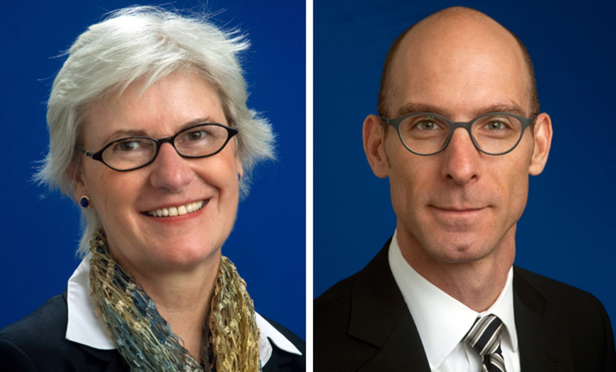In February, former Mob Wives star Karen Gravano filed a right-of-publicity lawsuit against the makers of Grand Theft Auto V, claiming that they misappropriated her image and life story for a character in the popular video game. Being a colorful story, even the New York tabloids took notice:
The hit video game “Grand Theft Auto V” is illegally imitating life, according to a former “Mob Wives” star. —Daily News1
The makers of “Grand Theft Auto” better hope they don’t wake up next to a horse head. —New York Post2
Media lawyers were interested too. Not because Ms. Gravano is a reality star, or because she’s the daughter of Salvatore (Sammy the Bull) Gravano, a famous mobster who turned state’s evidence. Not even because Grand Theft Auto is one of the most successful video-game franchises around. Media lawyers took notice because this case is one more in a string of recent cases raising a significant common question: To what extent does the law protect the rights of content creators—writers, filmmakers, musicians, visual artists, photographers, and yes, video-game makers—to draw on real-life individuals and events to create expressive works? For years this was a relatively settled issue particularly in New York, and creators took comfort that they were largely protected from right-of-publicity claims. This status quo has been upended with a growing spate of successful suits against expressive works elsewhere in the country. Will Gravano’s action introduce the same confusion to New York’s relatively settled law?



